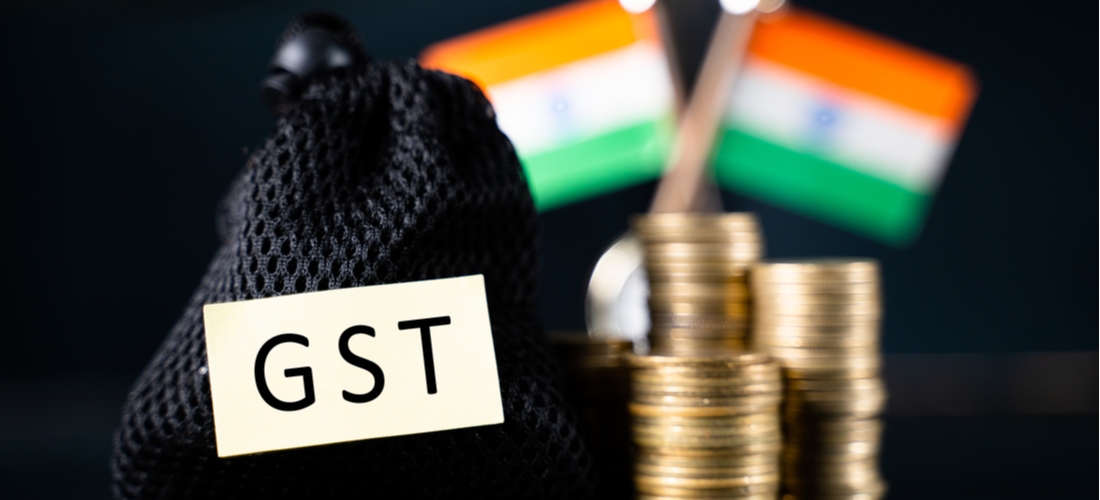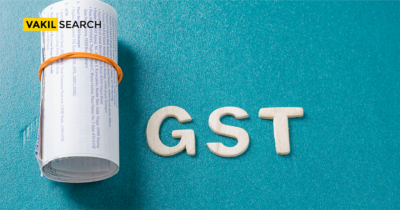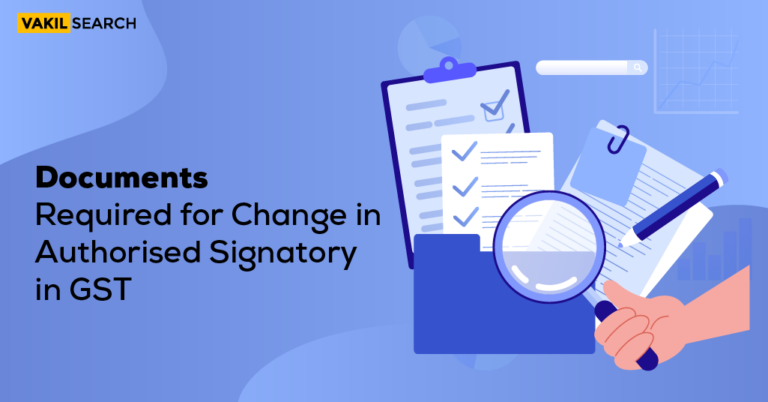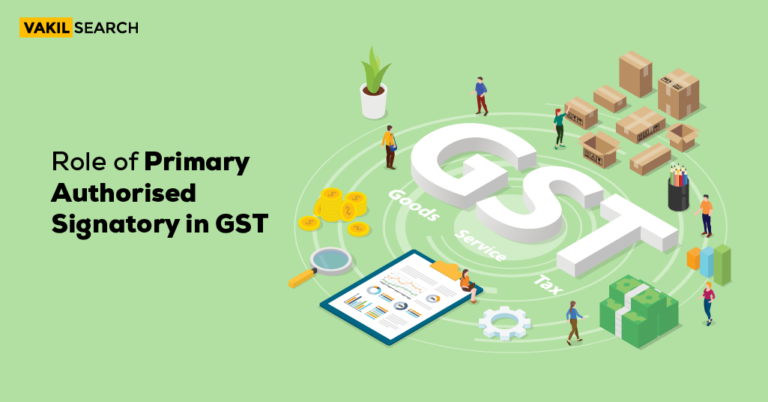The experts at Vakilsearch can handle the entire E-Way bill generation process for you right from the get-go, all you need to do is get in touch with our representatives!
An E-way bill is a record that must be carried by a transporter in charge of a conveyance conveying any consignment of goods, as required by the government under Rule 138, Section 68 of the Goods and Services Tax Act. A GST Number Online E-way bill must be generated under GST before the transfer of goods or consignment may occur.
Details Required to Generate E-Way Bill
- Invoice/ Bill of Supply/ Challan related to the consignment of goods
- For transport by road – Transporter ID or Vehicle number
- For transport by rail, air, or ship – Transporter ID, Transport document number, and date on the document
Who Must Generate an E-way Bill?
- When there is a movement of items worth more than ₹ 50,000 to or from a registered individual, an Eway bill must be created. Even if the value of the products is less than ₹ 50,000, a registered person or transporter may choose to produce and carry a eway bill.
- When an unregistered person makes a supply to a registered person, the receiver is responsible for ensuring all compliances are satisfied as if they were the supplier.
- Transporters who transport products by road, air, rail, or other means must also generate an e-Way Bill if the supplier has not done so.
| In states such as Maharashtra, Delhi, West Bengal where the threshold limit for intra-state movement is kept as ₹1 lakh instead of ₹ 50,000. |
Situations Where E-way Bill Generation is Not Mandatory
In the following cases it is not necessary to generate e-Way Bil:
- The mode of transportation is a non-motorized vehicle
- Goods transported for Customs clearance from a Customs port, airport, air cargo complex, or land customs station to an Inland Container Depot (ICD) or Container Freight Station (CFS)
- Goods being carried under Customs control or with a Customs seal
- Goods transferred from ICD to Customs port or from one custom station to another under Customs Bond
- Cargo moved to or from Nepal or Bhutan in transit
- Goods movement generated by defence formations under the Ministry of Defense as a consignor or consignee
- Empty cargo containers are being moved.
- Consignor transporting goods to or from a weighbridge for weighment at a distance of 20 kilometres, accompanied by a Delivery challan.
- Goods transported by rail where the consignor is the Central Government, a state government, or a local government.
- Goods that are excluded from E-Way bill requirements under the appropriate State/Union territory GST Rules
- Transport of certain specified goods exempt from GST: https://reg.gst.gov.in/registration/, commodities listed in Annexure to Rule 138(14), goods classified as no supply under Schedule III, and certain schedules to Central Tax Rate notifications
Understanding E-way Bill Generation: Part A and Part B
A GST E-Way Bill Form EWB-01 consists of two parts:
Calculate the GST amount that needs to be paid before registering for GST using our GST Calculator.
Part A: Part A of the bill contains vital information about the consignor and consignee, such as:
- Details of GSTIN of the recipient
- Place of delivery (PIN Code)
- Invoice or challan number
- Invoice /Challan date
- Value of goods
- HSN code
- Transport document number (goods receipt number or railway receipt number or airway bill number or bill of lading number)
- Reasons for transportation
Part B: Part B of an E-Way Bill contains vehicle information, including transporter information (vehicle number).
| Part B of the e-Way Bill does not need to be filled if the distance between the consignor or consignee and the transporter is less than 50 kilometres and the transport is within the same state. |
GST EWB 01: Points to Remember
- HSN Code in Column A.6 must be indicated in atleast 2 digit by taxpayers having annual turnover upto ₹ 5 Crores in the preceeding financial year and in 4 digit for taxpayers having annual turnover above ₹ 5 Crores in the preceeding financial year.
- Place of delivery must be the PIN Code of the place of delivery.
- If the supplier sends multiple invoices to the recipient, multiple E-way bills will be generated. As a result, regardless of whether the consignors or consignees are the same or different, a single E-way bill must be generated for each invoice. However, if goods are being transported in a single vehicle, one Consolidated E-way bill can be generated after generating all of these E-way bills.
- Once generated, an E-way bill cannot be edited or modified. Only Part-B (which contains vehicle information) can be updated. If an E-way bill is generated with incorrect information, it can be cancelled. The cancellation, however, must be completed within 24 hours of the generation time.
- Reason for Transportation in the E-way bill must be one of the following:
- Supply
- Export or Import
- Job Work
- SKD or CKD
- Recipient not known
- Live Sales
- Sales Return
- Exhibition or fairs
- For own use
- Others
| The validity of an e-way bill can be extended between 8 hours before and 8 hours after it expires (earlier it was before 4 hours and after 4 hours of expiry of the validity). |










